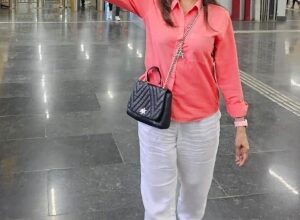
Mobilenews24x7 Bureau
The people of India took this ‘public resource’ in the form of a Constitution to the Supreme Court, not for adjudication of some amorphous moral claim or State-endowed privileges, but for enforcement of indisputable and clearly coded guarantees of equality, freedom, and dignity in everyday life.
Earlier this week, as the Solicitor General (SG) of India Tushar Mehta submitted before the Supreme Court that it was not the prerogative of the judiciary to grant marriage equality, the central government’s line of argument betrayed an acute ignorance of the manner in which constitutional jurisprudence has evolved in India.
From the very inception of this litigation, the Centre has maintained that the demand for marriage equality does not enjoy the ‘popular will’.
It needs no greater emphasis that India’s Constitution is a living document, that is to say, it takes into account the social realities of India and accommodates the lived experiences of its people.
The framers did not think of the Constitution as an exhaustive, self-contained bill of rights; rather, it was devised as an enabling framework which could be interpreted and re-interpreted to balance competing interests.
Making such a framework was not an easy task, as an arduous burden had to be discharged: a large number of marginalised interest groups, with diverse sets of grievances and demands, had to be given a stake in governance.
Naturally, it was impossible to create an omnibus document which could account for all such demands. The Constitution was, therefore, formulated as a fluid document, the contours of which could be expanded to fit in the hitherto excluded groups.
To what event can this ‘transformative’ nature of India’s Constitution be attributed, one may ask.
The answer lies in the origin of the document.
The Indian Constitution was drafted in the wake of a nationalist struggle for independence. The subjects of an imperial power were adopting self-rule, and were transforming into citizens of a welfare state. The prevailing ideal of independent India was not the pre-eminence of the State – it was the superiority of the rights of its citizens.






